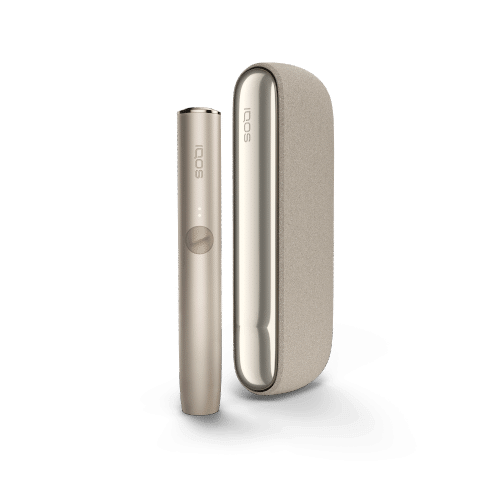Or else referred to as Cannabis, hemp is a commercial fiber. Specified in numerous means relying on which nation you are in. Most countries watch THC < 1% to be a non-drug type of cannabis (cannabis for substance abuse is generally over 10% THC). Smoking cigarettes hemp is more likely to produce a headache than anything else! There are a selection of widely known usages for hemp; today we will be analyzing exactly how to farm this plant lawfully.
Non Poisonous Farming.
Hemp expanding shares most of the attributes of cannabis farming. Hemp as well as cannabis grow and also look the same way. Hemp needs no pesticides or herbicides to grow efficiently In comparison to cotton, this is necessary, as cotton plants have 24% of the world’s pesticides splashed on them, yet cotton only has a 2.4% international market share!
Returns.
The plant needs to be expanded in well-fertilised dirt for a great return. Hemp is functional enough to grow in various soil kinds however grows ideal in sandier dirts. Like several plants, the much better the soil, the greater the yield. As with all plants, nutrition is obtained from the dirt in which the plant grows. Some believe this is what stopped hemp from remaining a mainstream plant. Mono-cultured hemp plantations can only be supported by the enhancement of chemicals.
Industrial hemp is optimal for that reason, in crop rotation farming where a sustainable permaculture is established. With a large tap root, hemp has the ability to draw out nutrients from deep within the dirt. As the plants flower and are gathered, dropping leaves mulch into useful nutrition to keep the soil healthy. The return from a hectare of the plant remains in the region of 9 lots of fiber in







